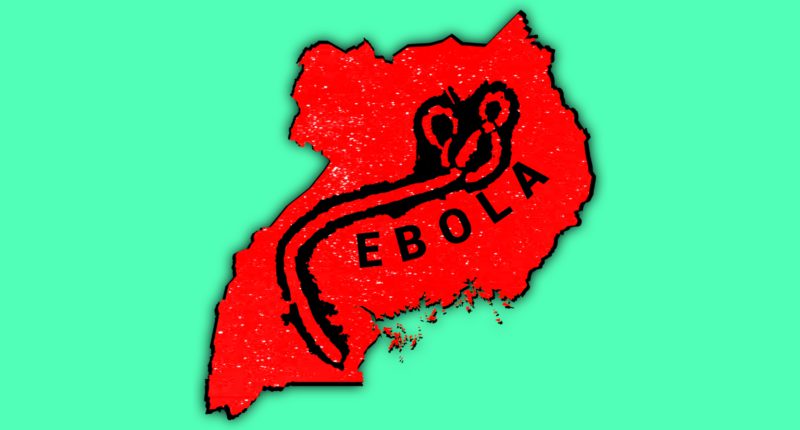On the 21st of September 2022, Uganda’s Ministry of Health announced the outbreak of the deadly Ebola virus in the East African country. In just a little over two decades, Uganda has had six outbreaks of the Ebola virus resulting in casualties including 224 deaths in 2000, 37 deaths in 2007, 1 death in 2011, 21 deaths in two separate outbreaks in 2012, and 4 deaths in 2019.
State of play
As of the 23rd of September 2022, Uganda had announced 11 cases of the outbreak this month alone, with the first case being a 24-year-old man who showed symptoms of Ebola on the 11th of September 2022. Few days later, the man died after laboratory results showed that he was infected with the Sudan strain of Ebola, which was last reported in the East African country a decade ago.
- The Sudan strain of the Ebola virus, although deadly, generally has a lower-case fatality rate than the Zaire strain.
- The country’s ministry of health and other related agencies are investigating other suspected deaths to confirm their suspicion.
Risks to public health
Ebola is a deadly virus that is transmitted majorly by close contact with the body fluids of an infected person. The ease of infection is as real as any other virus, such as the coronavirus. The aforementioned cases could have infected as many people as they have come in close contact with in the last few days.
Preventive measures by Uganda
Uganda shares a border with the Democratic Republic of Congo (DRC), a country that has similarly suffered from the Ebola virus. In fact, the DRC reported the last of this virus in August 2022. Therefore, Uganda set up a functional surveillance system to detect and confirm suspicious cases early.
The country partnered with the viral special pathogens branch of the US Centers for Disease Control and Prevention (CDC) back in 2010 to establish Uganda’s viral haemorrhagic fever surveillance programme.
- The surveillance programme owns diagnostic laboratories, staff, supplies, and sentinel surveillance centres for the quick detection and confirmation of outbreaks.
- In the event of an outbreak as the one reported in this month of September, the expected turnaround time is 24 – 48 hours for laboratory testing. This is an improvement from previous outbreaks.
Looking forward
Although the surveillance programme is addressing delayed action, poor health education and slow response to help the country in the fight against the deadly virus, there are still concerns of tracing as infected persons might move from a less populated area to a populated area thereby increasing the spread of the virus. There are other concerns, including availability of vaccines.

